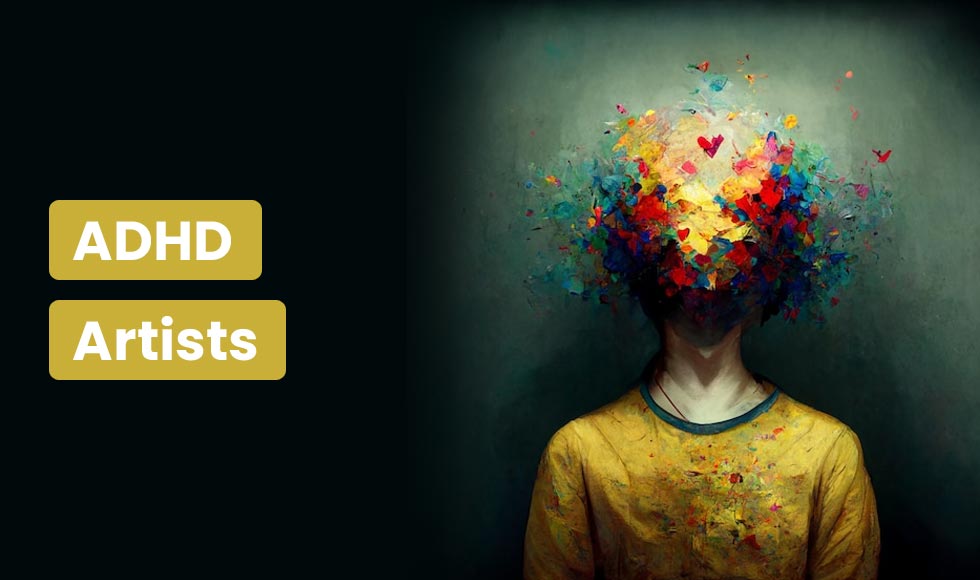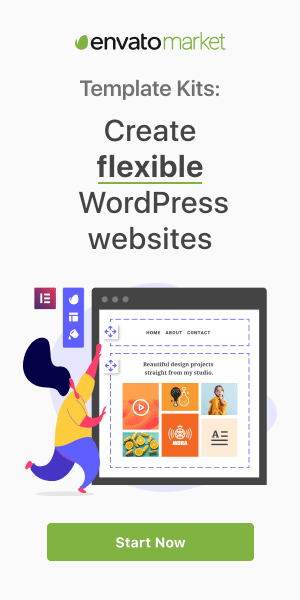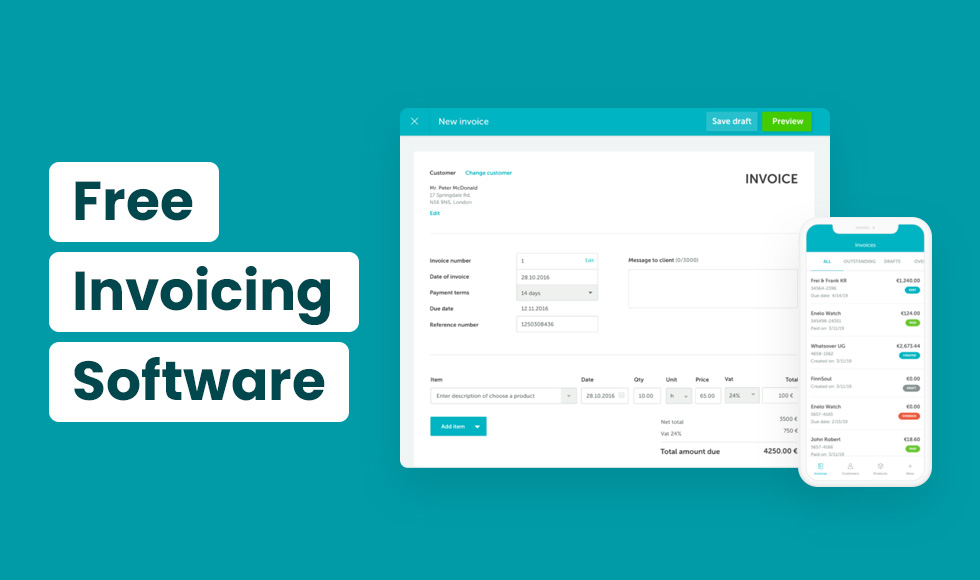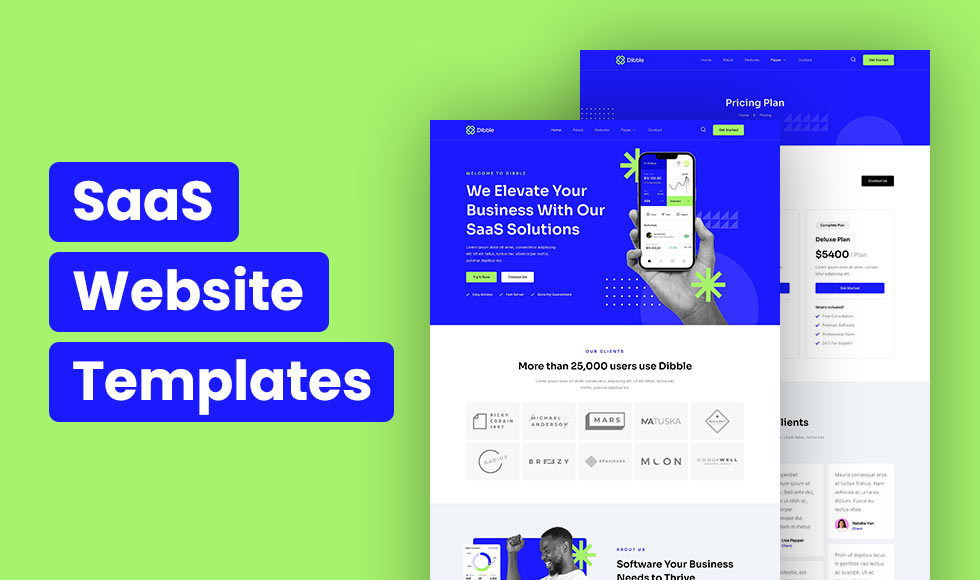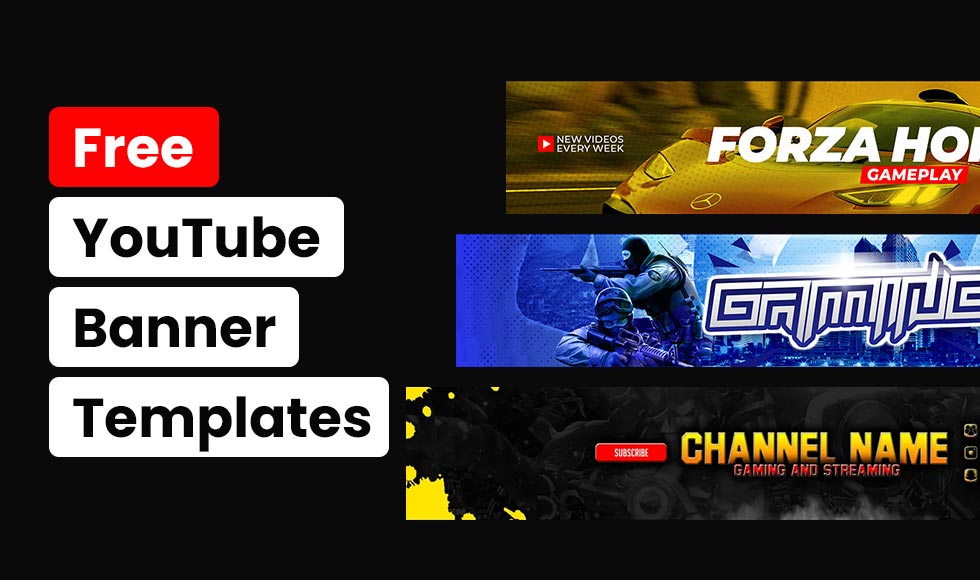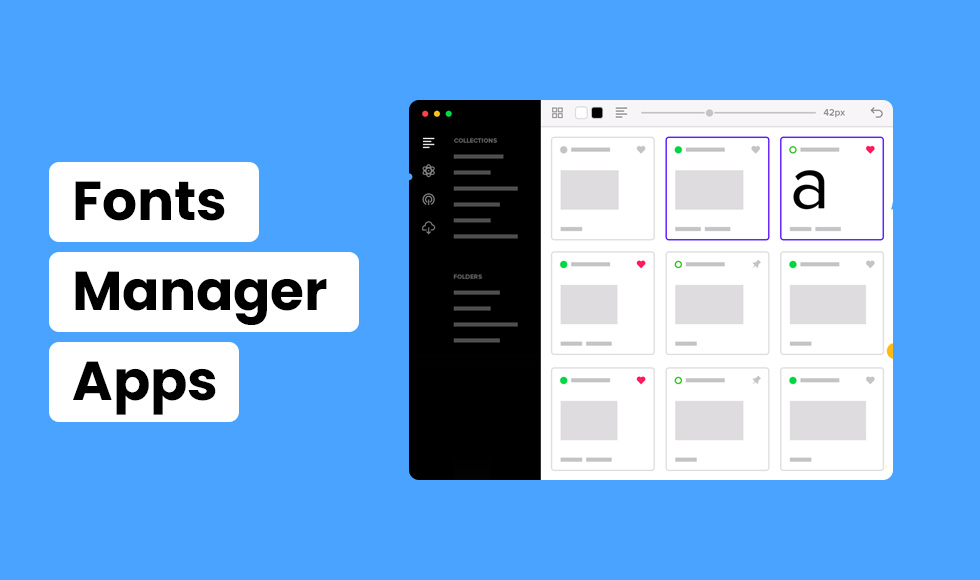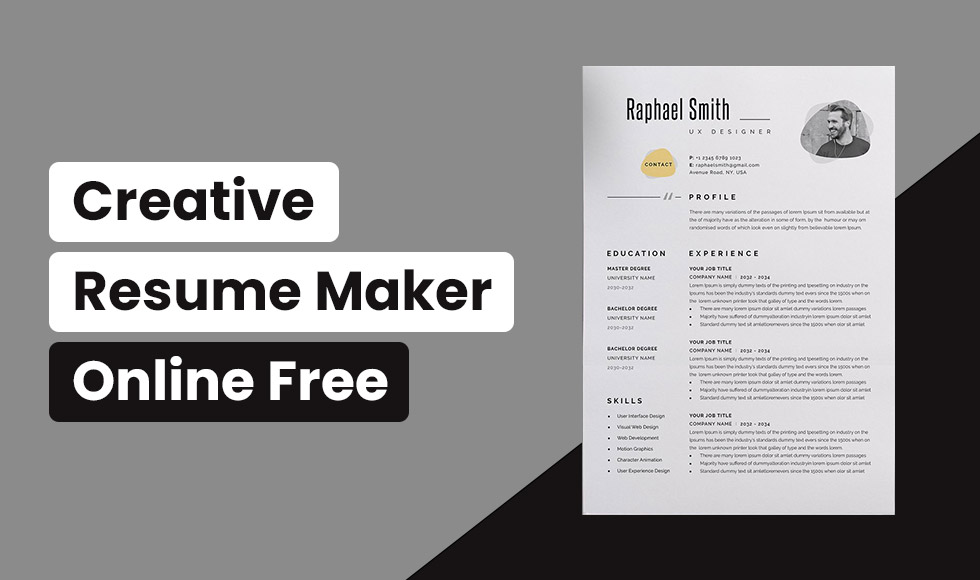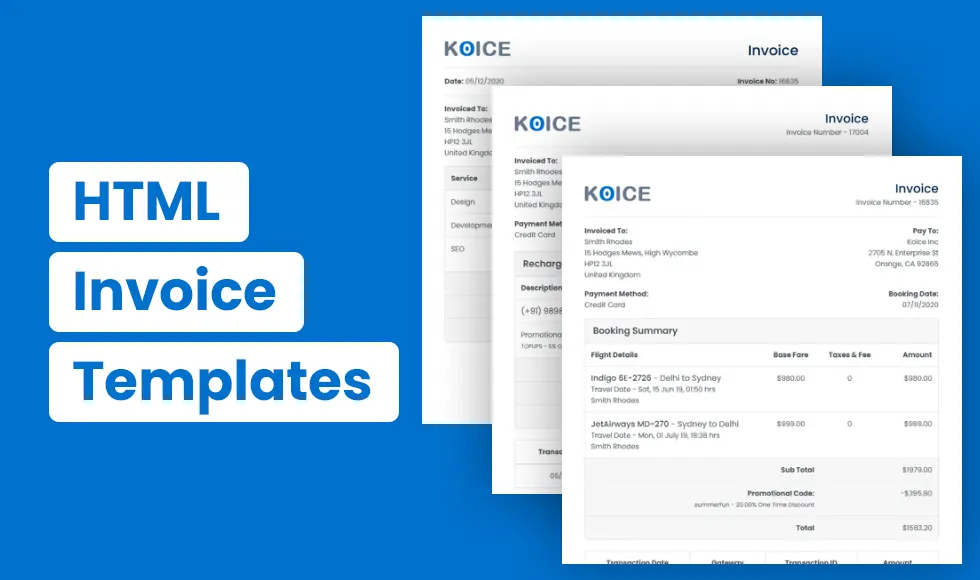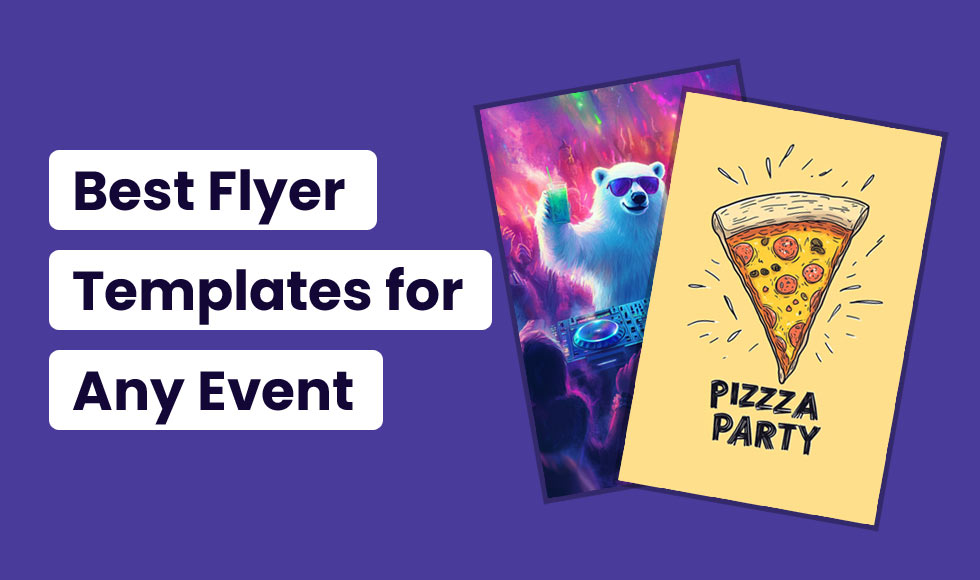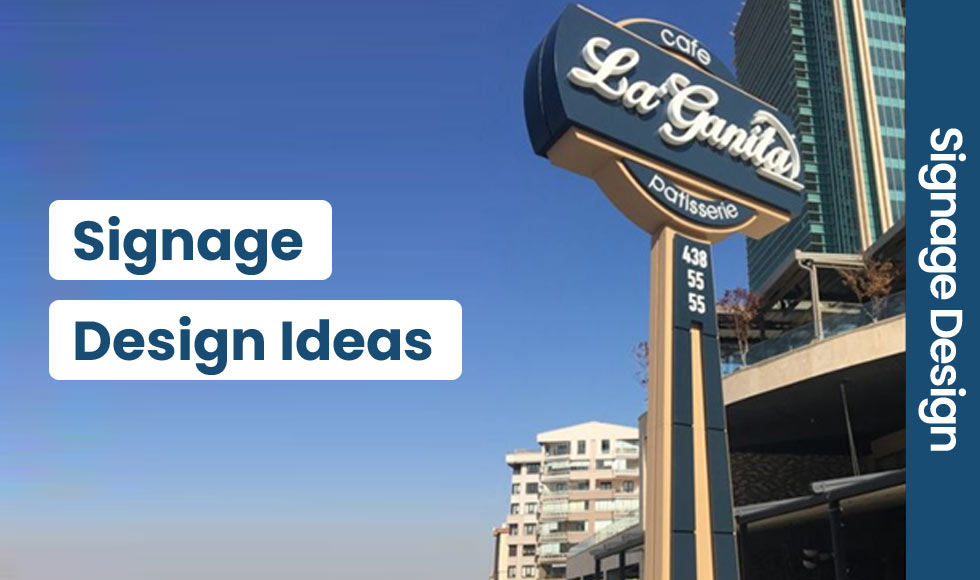ADHD is not just about difficulties, it can also help artists in unique ways. Artists with ADHD often experience hyperfocus, which allows them to concentrate deeply on their work for long periods. This focus can lead to highly detailed, creative, and expressive results. ADHD also brings new ideas through impulsive decisions and different ways of thinking.
Impulsive decisions are often seen as a challenge but can be a benefit in art. Artists with ADHD may make quick choices that lead to exciting and unique results. These spontaneous decisions can bring energy and life to their artwork.
Many people with ADHD are also more sensitive to things like colors, sounds, and emotions. This can help them add more feeling and detail to their creations. By understanding and using these strengths, ADHD artists can turn what seems like difficulties into tools for creating amazing art.
This blog will show how ADHD traits, like focusing intensely and thinking outside the box, can help artists create exceptional art.
The Power of Hyperfocus in Art
ADHD is not just about having trouble focusing. It’s also about focusing very hard on things you like. This is called hyperfocus, and it’s great for artists with ADHD. Hyperfocus can help artists stay deeply immersed in their work, often producing detailed and creative results in less time. However, understanding ADHD and getting the right diagnosis is key to managing it effectively. For those seeking proper care, knowing the correct ADHD ICD-10 codes is important for accurate diagnosis and treatment.
How Hyperfocus Boosts Creativity
- 78% of people with ADHD experience hyperfocus
- It lets artists focus deeply on their work
- Results in detailed art made quickly
Hyperfocus helps artists get lost in their work. They often lose track of time while creating. Artists who understand their ADHD and know how to work with it.
How ADHD Artists Focus Deeply
ADHD artists often enter a state called “flow” easily. This is when you’re fully focused on what you’re doing and everything else fades away.
- Creates emotionally powerful artwork
- Allows for long periods of uninterrupted creation
- Often makes artists lose track of time while working
Fresh Ideas and Impulsive Choices in Creativity
ADHD often comes with a talent for thinking outside the box. This different way of thinking, plus acting on impulse, can lead to bold and new artistic choices.
The Power of Thinking Differently
- Comes up with new ideas and unique connections
- Breaks usual art rules
- Leads to experimental and innovative works
ADHD artists are good at connecting ideas in unexpected ways. This leads to fresh and original art. Being able to think differently is a big plus in the art world, where new ideas are valued.
Using Impulses in Art
- Spontaneous art decisions
- Lively, energetic compositions
- Mixing careful details with free-flowing elements
While acting on impulse can be hard in daily life, in art, it can lead to exciting choices. ADHD artists often create works that blend careful details with spontaneous, expressive parts.
Seeing and Sensing the World in Unique Ways
Many individuals with ADHD are more sensitive to what they see, hear, and feel. For artists, this can mean noticing and showing subtle details in their work.

Working in a Non-Linear Way
The ADHD brain doesn’t always work in a straight line, and neither does the ADHD art process. This zigzag approach can lead to unique creative results.
The Messy Path to Creativity
- Fragmented work patterns
- Projects often stopped and restarted
- New perspectives gained through non-linear thinking
While this process might seem messy, it often leads to innovative solutions and unexpected artistic breakthroughs. ADHD artists learn to use interruptions as chances for new ideas.
Switching Between Projects
- Frequent shifts between different artworks
- Learning various techniques and mediums
- The broader range of creative skills
Many ADHD artists work on multiple projects at once, switching between them as their interest shifts. This approach can lead to a diverse body of work and the development of many artistic skills.
Art as Therapy: Managing Emotions Through Creativity
For many people with ADHD, art is more than just expression – it’s a powerful tool for managing emotions and reducing stress.
Putting Inner Chaos on Paper
- Art as a way to process feelings
- Reducing anxiety and stress through creative expression
- Showing internal experiences visually
Creating art allows ADHD individuals to get their thoughts and feelings out, providing a sense of relief and clarity.
Finding Focus Through Creation
- Repetitive art motions as a way to ground oneself
- Focus on the present moment while creating
- Managing hyperactivity through artistic engagement
The act of creating art can be like meditation, helping to calm the ADHD mind and provide a sense of focus and purpose.
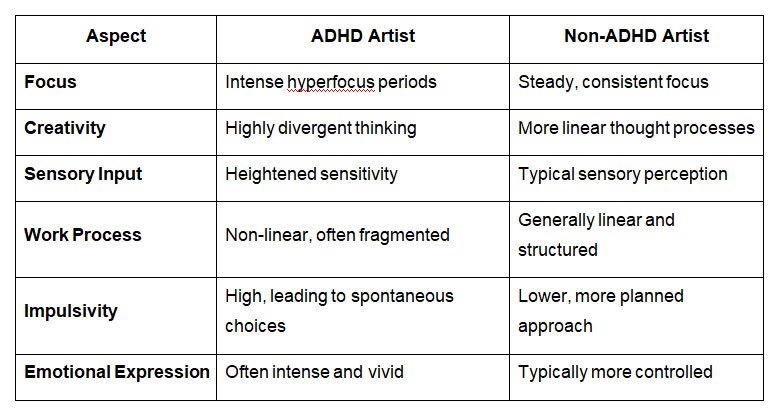
This table shows the differences between how ADHD and non-ADHD artists work, highlighting the unique strengths and challenges that ADHD brings to making art.
Using ADHD Strengths in Collaboration
Working with other artists can help ADHD artists make the most of their unique strengths. The creative, spontaneous ideas that ADHD artists bring can inspire new directions, while non-ADHD artists might offer structure and help keep projects organized.
This balance allows both types of artists to learn from each other and create better art together.
Collaboration helps ADHD artists refine their ideas, stay on track, and explore new techniques. By combining their strengths with others, ADHD artists can produce even more diverse, innovative, and exciting work.
ADHD as a Creative Strength
ADHD gives artists special strengths that can make their creative process exciting and unique. Hyperfocus allows them to fully dive into their work, leading to detailed and intricate pieces. Their ability to think outside the box brings fresh and original ideas that can break traditional art rules and lead to new styles.
One big advantage is adaptability. Artists with ADHD often switch between projects or techniques, which helps them explore many different styles and mediums. This flexibility can result in a more diverse and interesting body of work.
ADHD artists also tend to have strong emotional connections to their work, allowing them to express powerful feelings through their art. By understanding how their minds work and learning to manage their time and focus, ADHD artists can turn what some see as challenges into strengths.
Frequently Asked Questions
How can ADHD artists manage their messy creative process?
ADHD artists often do better with schedules and breaking big projects into smaller tasks. This allows for flexibility while still making progress.
Does ADHD automatically make someone more creative?
While ADHD traits like thinking differently can boost creativity, not all people with ADHD will be more artistic. However, those who use these traits often do well in coming up with new ideas in art.
How does making art help people with ADHD?
Art can help ADHD individuals handle emotions, lower stress, improve focus, and develop better self-control. It provides a good outlet for extra energy and a way to express complex feelings.
Are there specific types of art that work best for ADHD artists?
The best type of art is different for each person. Some ADHD artists love fast, high-energy art like action painting. Others find calm in detailed work like intricate drawings. Trying different types is key to finding what works best.

